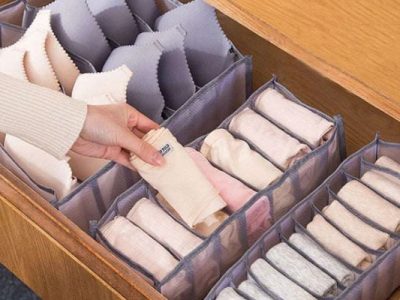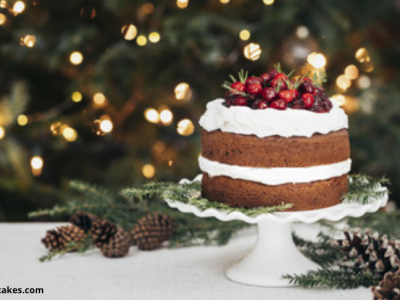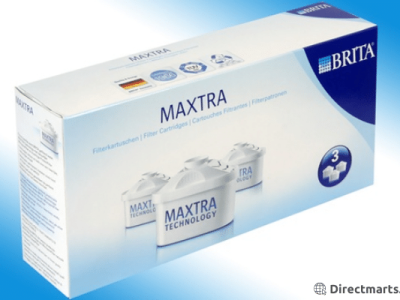What metal make sense for you and your partner should be decided upon very early on in the process of looking for a ring. When beginning the process of selecting a metal, it’s important to take into account not only the metal’s visual appeal but also how it will complement the design of the Paris Jewelry, the band’s center stone and maybe flanking stones, and the wearer’s lifestyle.
Mixing metals is always a possibility, whether it be adding both metals to the shank or enclosing a stone in a ring of white metal to make it appear larger and more glittering or bright.
Let’s take a look at metal while choosing engagement ring.
- Gold
Gold is by far the most popular material for Paris Jewelry due to its extreme flexibility. The brightest, richest, warmest, and most yellow of all gold tones, pure yellow gold, or 24 carat gold, is too soft to be used in jewelry production.
The majority of jewelry is made of 18 Karat, 14 Karat, or 10 Karat gold, while 22 Karat gold is rarely used. Lower Karat gold, such 10 Karat gold, will have a whiter, cooler tone than the buttery richness of higher Karat gold, like 18 Karat.
- Yellow Gold
Yellow gold is a stylish classic that gets its warm patina, in large part, from its natural coloring combined with the red copper it is alloyed with. It’s a favored for softer, more organically inspired designs as well as for more traditional ones like the six- or four-prong solitaire.
- Rose Gold
Rose gold is a fantastic choice for a style that is even cozier, softer, and more romantic. Rose gold, which is created by fusing yellow gold with a sturdy copper alloy, is a fantastic option for customers who have a lot of pink undertones. Here is an illustration of a Morganatic from the incredibly elegant and charming Jalissa.
- White Gold
Of course, we cannot overlook the enduringly popular white gold. The light, beautiful silvery tint of white gold, which was first trademarked in 1917, became popular right away and has remained so for more than a century. Combining yellow gold with copper, zinc, and nickel yields a yellowish white tint, which gives white gold its silvery white quality. Rhodium, a platinum group metal, is used by jewelers to plate white gold during finishing to give it a totally white appearance that is identical to platinum. To maintain its full white appearance, this coating must be cleaned and replated because it fades away over time like any plating does.
- Platinum
One of the toughest and most resilient metals known to man is platinum, a naturally white metal. Even though platinum had been discovered for a very long time, it wasn’t practically used until approximately 1900, when the invention of the oxy-acetylene torch made it feasible to melt platinum down enough that it could be used to make Paris Jewelry.
White diamonds’ brilliant shine has always been accentuated by the beautiful, cool gloss of platinum.
White gold versus platinum
Platinum is a denser metal since it is around 66% heavier than white gold. Because of this, it is more durable for diamond settings, lasts a lot longer, and is less prone to wear. Platinum also has a more robust and durable feel, which many customers like. White gold usually costs $500 less than a normal platinum setting, but we think the advantages are well worth the extra money.
Conclusion
You have many options because to the range of metals that are available for your engagement rings. The timeless combination of platinum and yellow gold gives the ring a genuine air of sophistication and elegance. For those on tighter budgets, options to rose gold include silver and white gold, which are both attractive and affordable.







Comments